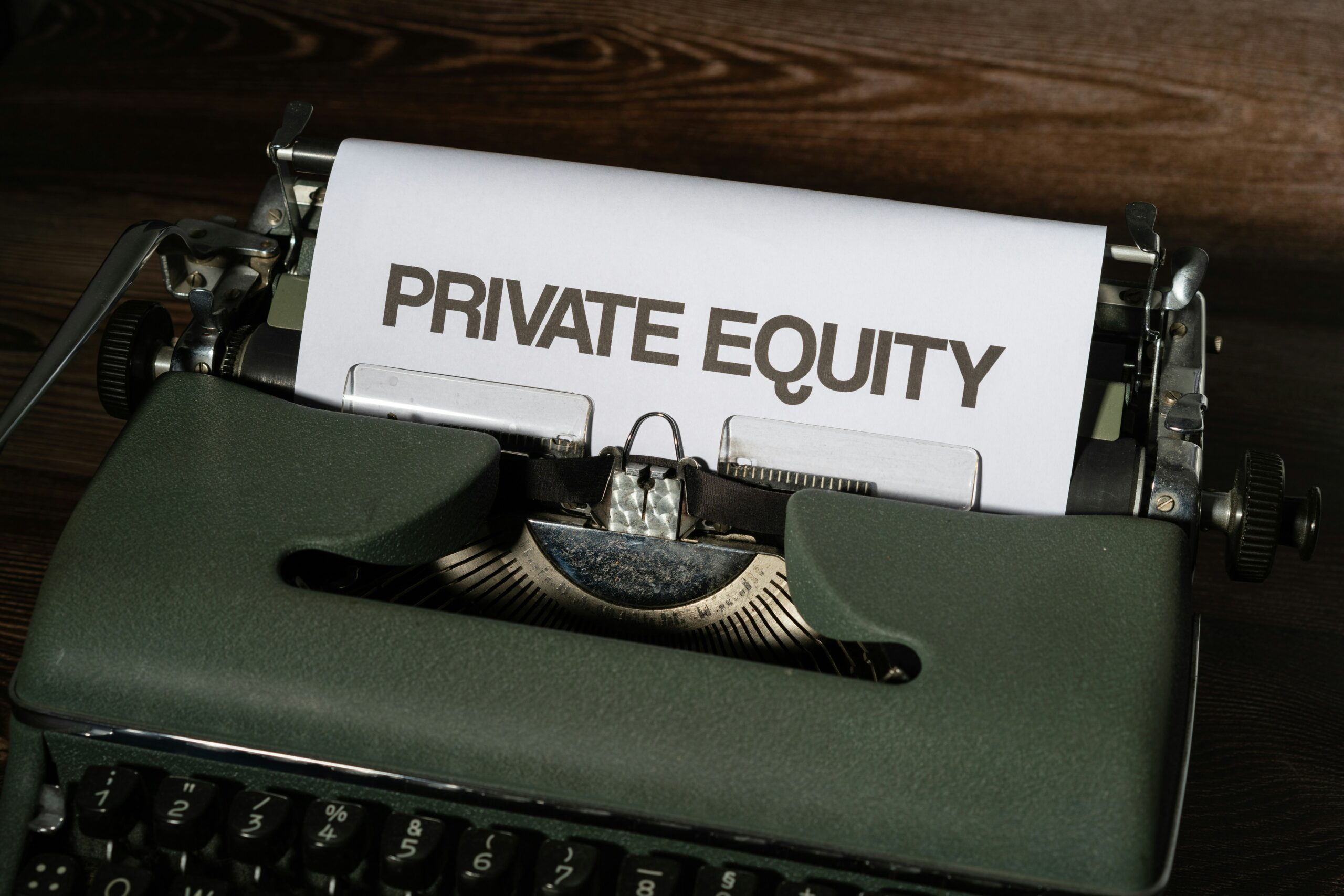 Washington is rolling out the red carpet for retail capital...
Washington is rolling out the red carpet for retail capital...
For decades, private equity ("PE") was an exclusive investment class. You had to be a large institution – or at least an accredited investor – to buy in.
That meant the average retail investor had no way to access this lucrative market.
President Donald Trump may be changing that soon. Trump plans to sign an executive order that would allow 401(k) retirement plans to invest in private equity.
But as great as that sounds in theory, something doesn't add up. The institutional money is heading for the exits...
Major university endowments, like the ones at Harvard and Yale, used to allocate as much as 40% of their money into PE. So did state pension funds like California's CalPERS.
In the past few months, though, they've started selling as fast as they can. Big players are losing their appetites for PE. And they're not the only ones (or at least, they shouldn't be).
Individual investors should also think twice before jumping into the PE sector.
 The pitch for PE investments is based on outdated math...
The pitch for PE investments is based on outdated math...
The sector delivered some great returns over the past few decades. It averaged more than 13% per year from 1999 to 2023. The S&P 500 Index only returned about 9% per year in the same time frame.
PE could generate these solid returns for a few reasons... but the biggest one was cheap debt.
Interest rates were near zero for most of that period. Firms could borrow money for next to nothing... buy struggling companies... fix them up by cutting costs... and sell them for an extreme profit.
But this once-ironclad model has stumbled in recent years. Now that interest rates are above 4%, it's costlier for PE firms to buy out businesses. At the same time, the market for selling companies has slowed down.
So PE firms are spending more money up front. And they're getting less back when they sell. That's a recipe for cratering returns.
Our friends at the TwinFocus wealth advisory firm did the math to see just how bad things could get. Considering how costs and competition have risen, TwinFocus expects the average PE firm to return just 4% per year over the next seven years.
That's way below the long-term average of the S&P 500, going back about 70 years.
 PE firms are holding on to their investments longer than ever...
PE firms are holding on to their investments longer than ever...
These funds are typically designed to close after about 12 years. But a growing number of "zombie funds" still haven't found a way to sell their holding companies. And those zombies are clogging up the market.
By the end of 2024, the average PE fund still had about a quarter of its assets tied up in investments entering its 12th year. That's up from about 12% in 2016.
For investors, that means it's taking far longer to get their money back.
And the biggest players are starting to pivot. They realize PE is too opaque, making it tough to structure and value these investments. Combined with long holding periods and hefty fees, it's no longer worth the risk.
Blackstone (BX) and Apollo Global Management (APO), for example, have shifted toward semi-liquid products. These offer more flexibility and transparency than traditional funds.
And individual investors should pay attention. The dangers aren't limited to institutional funds.
 PE might still work for a university endowment...
PE might still work for a university endowment...
But it could be dangerous for a retiree who relies on liquidity.
Pensions, sovereign wealth funds, and insurance companies are pulling back. And PE firms are desperate to replace those sources of capital. That's why they're pushing into 401(k) territory.
The same factors that once made PE attractive for institutions – illiquidity and long-term investment horizons – now represent big risks for retirees.
Tread carefully. Retail capital may prop up PE performance in the short term. But it won't remove industry headwinds.
Regards,
Joel Litman
July 31, 2025



 Washington is rolling out the red carpet for retail capital...
Washington is rolling out the red carpet for retail capital...

